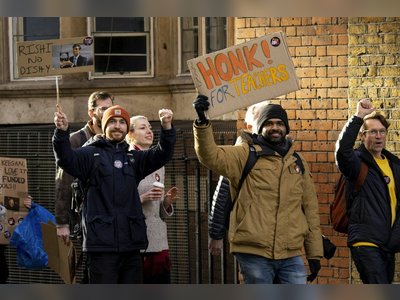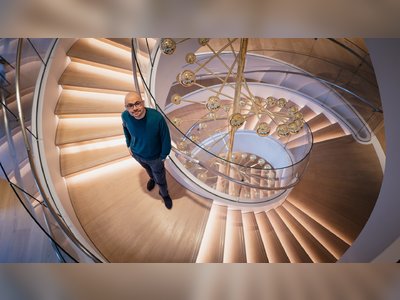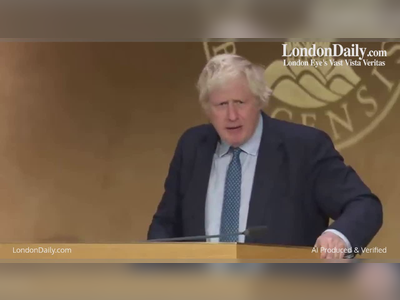
The surprisingly scandalous origins of Disneyland
Disneyland Paris, which celebrates its 30th anniversary this year, offers a magical realm in which to lose oneself for a few precious hours or days. It is the epitome of wholesome family entertainment, and yet its origins can be traced back to a far more hedonistic type of park, the Pleasure Gardens of Regency England. But while the entertainment on offer in such gardens might have made Walt blush, and that offered by Disneyland and the countless theme parks it inspired is certainly chaste, the history and evolution of such venues illustrates our never-ending desire for environments in which we can cast aside reality and immerse ourselves in fantasy and fun.
The earliest amusement park is thought to be Dyrehavsbakken in Denmark. When a natural spring was discovered there in 1583, it attracted large crowds who brought entertainers and vendors with them. However it was London's Pleasure Gardens that transformed the concept of leisure. Offering an environment in which societal norms could be cast aside, if only for a few hours, they captivated the public with their heady mix of culture, fashion and vice.
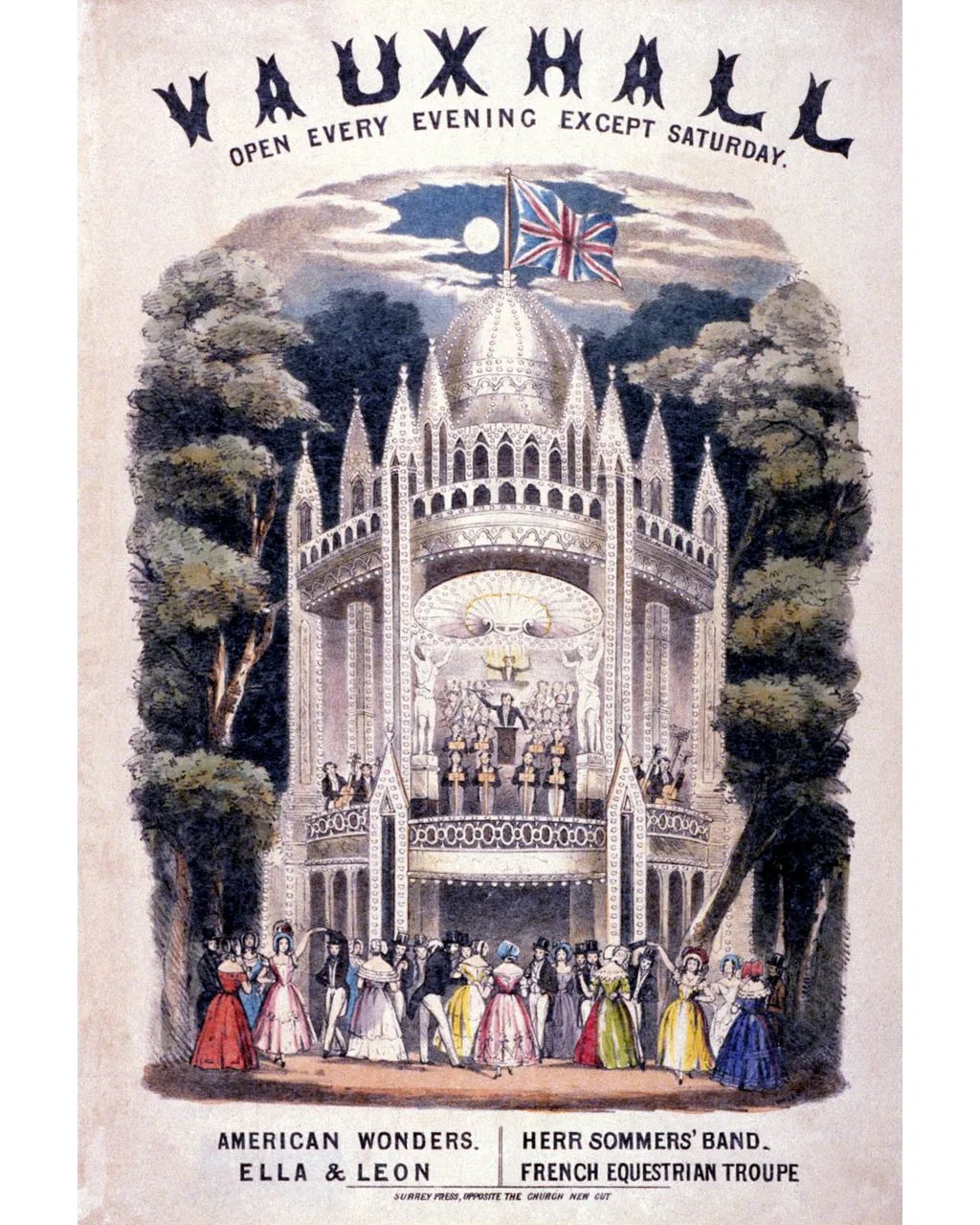 London's Vauxhall Pleasure Gardens captured the imagination of the public with its dazzling variety of entertainments
London's Vauxhall Pleasure Gardens captured the imagination of the public with its dazzling variety of entertainments
London's first Pleasure Garden was Spring Gardens, which opened in the 1630s, although bowls was virtually the only entertainment on offer. Pleasure Gardens came of age in the Regency era when the two greatest gardens, Vauxhall and Ranelagh, were at their peak. Vauxhall in particular captured the imagination of the public, both at home and abroad, with its astonishing variety of entertainments laid out in pleasingly arranged gardens. The public "wanted a place that had all the sophistication and culture and crowds of the city but with a kind of theme park pastoralism thrown in," says the historian Jonathan Conlin, editor of The Pleasure Garden, from Vauxhall to Coney Island
If you interacted with people inside the gardens it was kind of like Vegas – what happened in Vauxhall stayed in Vauxhall – Jonathan Conlin
As portrayed in recent Netflix drama Bridgerton, Vauxhall was at the heart of the capital's social scene. In addition to an ornate salon and picture gallery there was a theatre, concert pavilion, supper room and bar. Lavish supper boxes created in the 1740s were decorated with paintings, the majority by Francis Hayman from designs by Hayman himself, Hubert Gravelot and William Hogarth, making them the first place that paintings by native British artists were on display to the public. The gravel walkways where visitors, carefully dressed in the latest fashions, promenaded in order to see and be seen were embellished with massive false perspectives that created an impression of distance, or transported the viewer to sites associated with antiquity or the Grand Tour.
The gardens truly came alive at night when they were dramatically lit by thousands of lamps, and visitors could be dazzled by firework displays and other illuminations. Masquerades provided a much-desired frisson of danger and intrigue. With identity concealed, the stifling boundaries of class and sex could be cast aside. Those seeking further excitement could venture into the notorious "Dark Walks", areas that were left deliberately unlit in order to provide cover for lovers who desired to throw social convention to the wind, and for well-dressed sex workers to ply their trade. As "there wasn't necessarily a clear division between light walks and dark walks, it was a question of how far you were prepared to go," Conlin tells BBC Culture.
And if respectable young ladies chose to enter them, the gentlemen they encountered might assume that they wished to go further than they ever would outside the bounds of the gardens. Evelina, the eponymous heroine of Fanny Burney's 1778 novel, becomes unstuck when she is persuaded to enter the Dark Walks by the foolish Branghton sisters. They are accosted by a group of drunken young men, who take them to be ladies of "easy virtue". Evelina escapes, only to be manhandled by another group. On recognising her admirer Sir Clement Willoughby, she thinks she has found her saviour, but he also tries to take advantage of her. His view is that by venturing there "she is showing she is up for something," says Conlin.
Foreign visitors were particularly struck by the mingling of social classes. "The French in the 18th Century are constantly waiting for London to fall apart in a revolution. They couldn't quite understand how mixing could bring stability rather than instability," says Conlin.
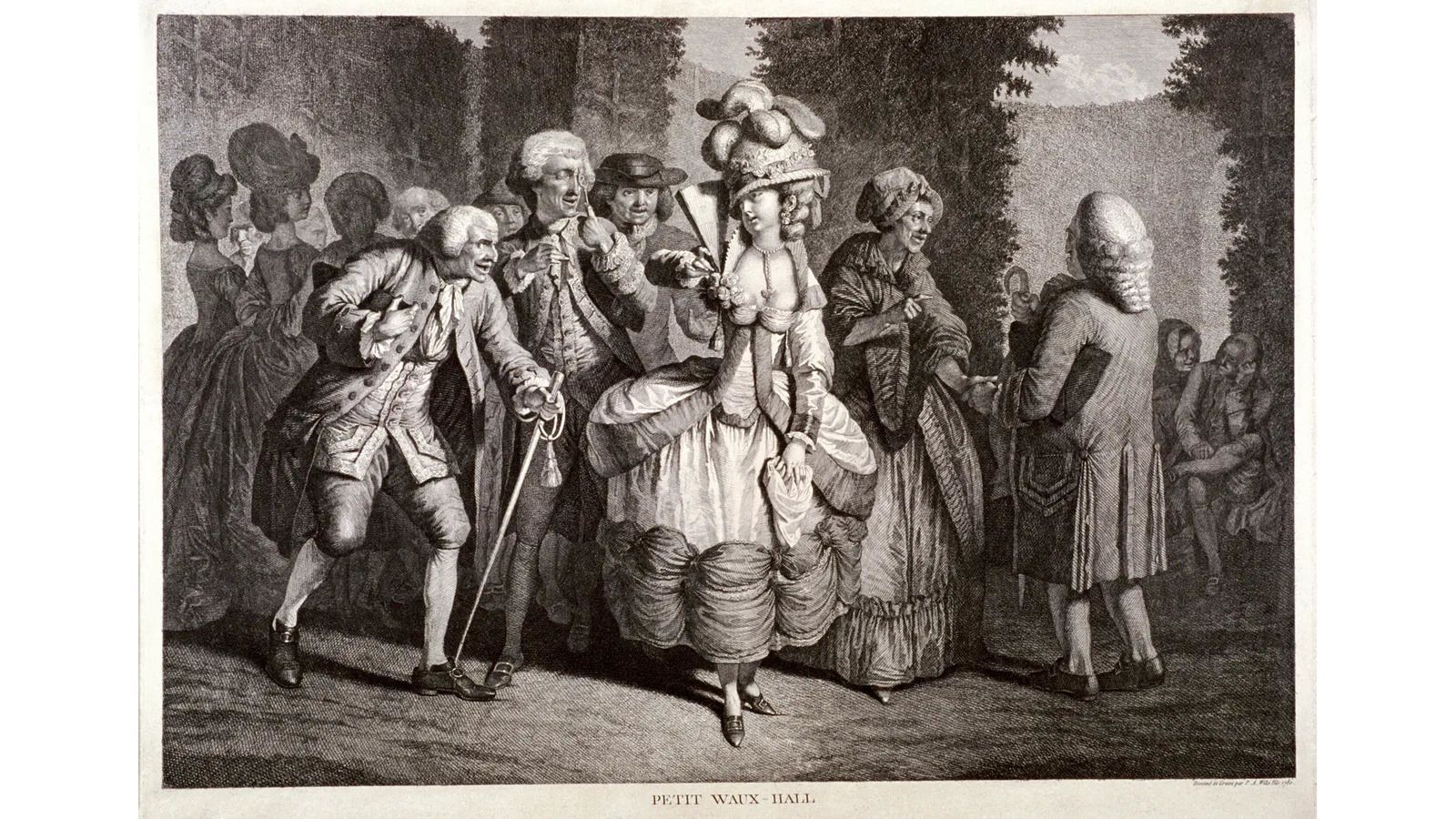 The Pleasure Gardens at Vauxhall were renowned as a place of flirtation
and scandal, and spawned imitations in Paris and New York
The Pleasure Gardens at Vauxhall were renowned as a place of flirtation
and scandal, and spawned imitations in Paris and New York
However, that mixing was something only accepted within the confines of the garden. "If you interacted with people inside the gardens it was kind of like Vegas – what happened in Vauxhall stayed in Vauxhall – if you made someone's acquaintance there you couldn't presume on it elsewhere," says Conlin.
Becky Sharp, the heroine of William Makepeace Thackeray's 1848 novel Vanity Fair finds this to her cost. On an evening excursion to the gardens the inebriated civil servant Jos Sedley makes amorous advances to Becky, who thinks he may rescue her from her impending life as a governess. But in the cool light of day, spurred on by the snobbish mockery of George Osbourne, Jos's ardour diminishes, and she finds herself condemned to her fate.
An essential place to visit for tourists, the gardens soon instigated a stream of imitators both in England and around the world, with the term "Vauxhall" entering the French, Dutch, Swedish, German and Russian languages.
Parisian Pleasure Gardens were part of "an Anglomania which takes off after the astonishing defeat of the much larger and more powerful French in the Seven Years' War," explains Conlin. While imitating the original they also adapted it incorporating curious additions such as fighting cocks, which the French saw as particularly English. Proving their potential to offer something for everyone, post French Revolution they became a great centre for Royalist scheming, while also being the site of Bastille Day celebrations.
The Russian "Vauxhall" that Dostoevsky describes in Crime and Punishment (1866) is a sorry place. When the nefarious Svidrigailov takes Katia and a couple of clerks there, he is faced with "a chorus of wretched singers, and a drunken, but exceedingly depressed German clown from Munich." The clerks quarrel with some other clerks and a fight seems imminent.
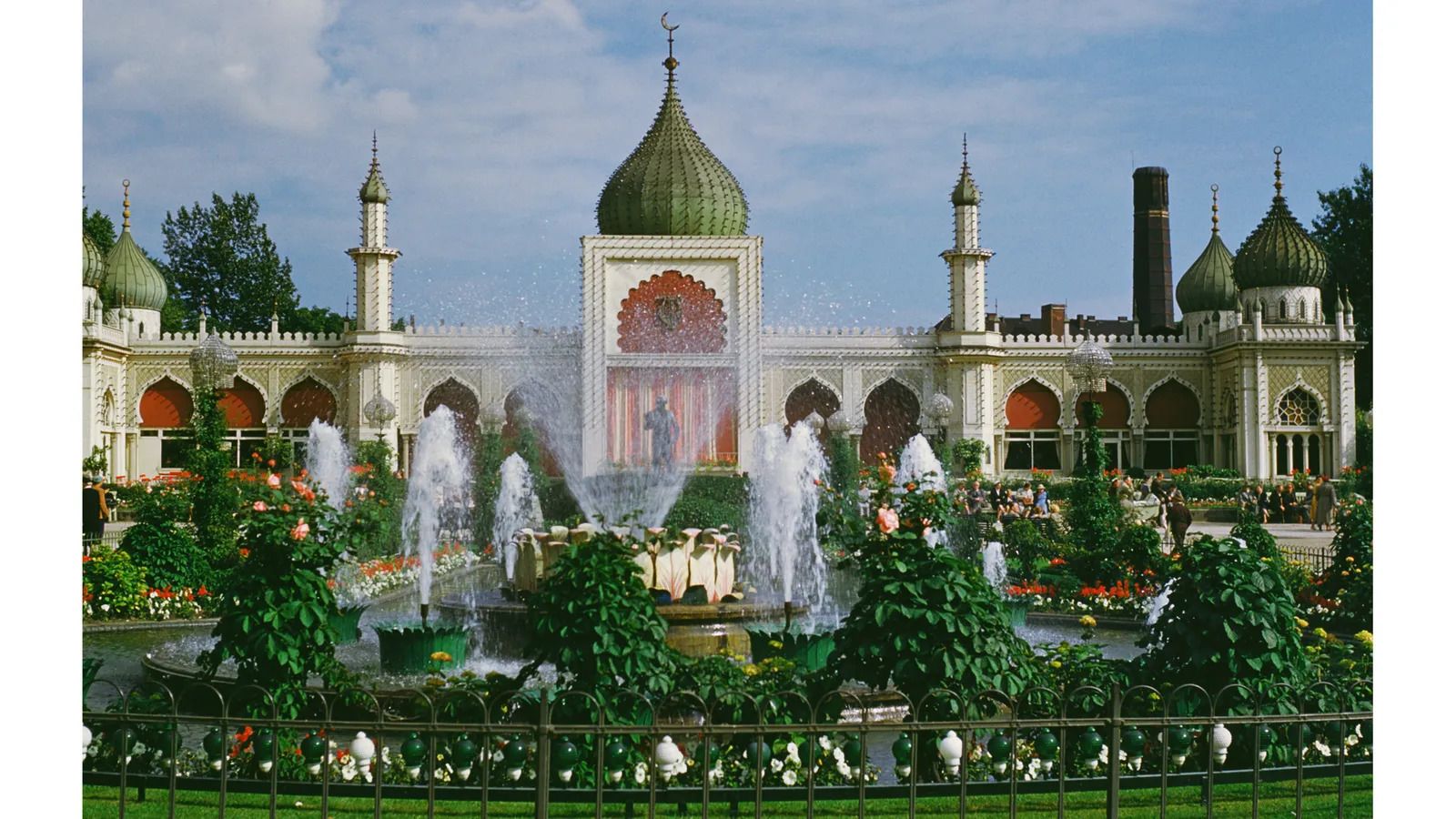 The Tivoli Gardens in Copenhagen, pictured in 1965, were said to have inspired Walt Disney to create Disneyland
The Tivoli Gardens in Copenhagen, pictured in 1965, were said to have inspired Walt Disney to create Disneyland
Not all were so down at heel. In the late 19th Century The Hermitage in Moscow run by the "peasant" turned entrepreneur Yakov Schukin attracted leading performers of the day such as Harry Houdini and Sarah Bernhardt. But many others changed character throughout the day. Appealing to families during the daylight hours, they would transform into hedonistic cafés for a predominantly male clientele after 11pm. Here customers could reserve separate booths where they were able to invite performers to join them, some of whom were genuine actresses, others plainly courtesans.
A fantasy environment
US pleasure gardens liked to think they were more respectable places. The main gardens operated between the Revolutionary War (1775-1783) and the Civil War (1861-1865), an era in which, as historian Naomi Stubbs notes, the concept of American identity was particularly fluid. Ideas of the US being a self-sufficient, agrarian country competed with ideas of it as a technologically advanced, city-dwelling society. The gardens offered a fantasy environment in which these notions could be played with and explored "We can be in a garden while being in the city, we can play with ideas of the pastoral while looking at technological developments," says Stubbs.
In theory, the gardens' clientele exemplified the much-heralded egalitarian nature of US society but that proved to be little more than a fantasy, especially when it came to race. Although there were some gardens catering to a free black clientele in New York and New Orleans, signs forbidding entry to people of colour were common in both the North and the South of the country. "There are attempts at it, but it very much becomes apparent that it's an illusion," says Stubbs.
While exploring what it meant to actually be American, the gardens also offered the perfect environment for patriotic displays of nationhood, and became the natural home for Fourth of July celebrations. The French entrepreneur Joseph Delacroix, proprietor of a number of New York Vauxhalls, was particularly noted for the extravagance of his celebrations. The 1817 festivities included a grand concert, 29 firework exhibits, including a 12ft-wide Star of Freedom and several thousand lights and transparent paintings commemorating the peace treaties of 1783 and 1813.
The line between Pleasure Gardens and amusement parks gradually became blurred in certain Scandinavian and European venues. Tivoli Park in Copenhagen – which opened in 1841, and is thought to have inspired Walt Disney – began offering coconut shies and other games of chance, and gradually expanded to offer switchback railways, dodgem cars and a wooden roller coaster. Vienna's Prater had been open to the public since 1766, and eventually became home to the WurstelPrater amusement park famed for its ferris wheel which appears in Carol Reed's acclaimed 1949 film The Third Man.
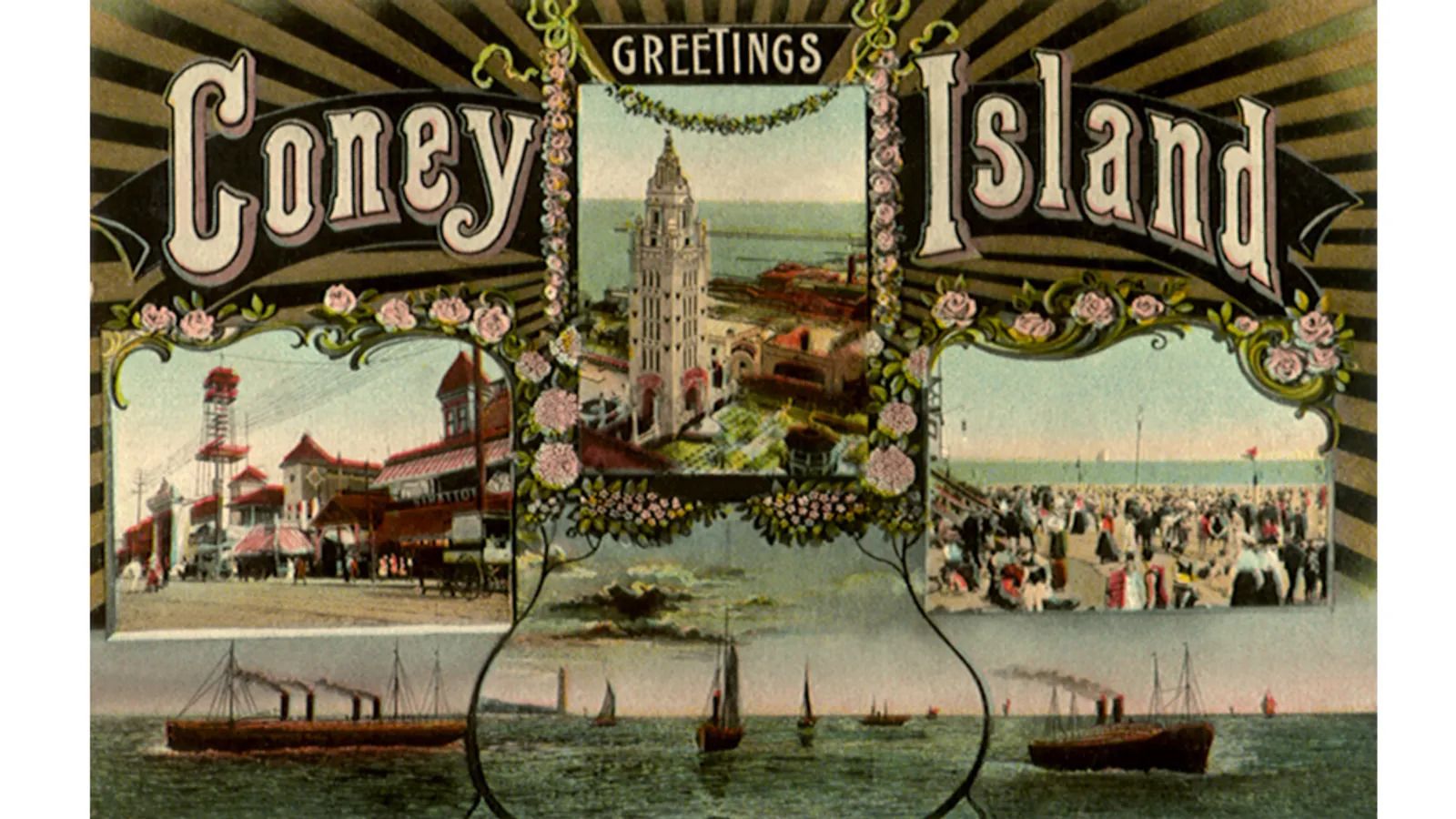 The concept of an enclosed, permanent amusement park originated in Coney Island, New York
The concept of an enclosed, permanent amusement park originated in Coney Island, New York
But the concept of an enclosed, permanent amusement park undoubtedly originated with Coney Island in New York. The island had been attracting visitors since the 1800s but from 1897 to 1904 it created three lavish mini environments, Steeplechase Park, Luna Park and Dreamland, which would dramatically transform the concept of entertainment. Each had an individual entrance and admission fee, and offered ever more elaborate attractions. Luna Park had A Trip to the Moon in which the airship Luna took 30 passengers up past Niagara Falls and above the Earth's curvature before depositing them in grottoes where they could visit the Man in the Moon's Palace and come away with souvenir chunks of green cheese.
At its peak, Coney Island spawned more than 20,000 imitators in the US alone. However, with a relatively short season, running from Memorial Day in May to Labor Day in September, it seemed pointless to the owners to invest in high quality materials for their buildings. Made of lath and plaster, the ornate yet fragile structures were susceptible to harsh winters and highly flammable. Dreamland burned to the ground in 1911, taking the era of Coney's greatest splendour with it.
Although crowds continued to flock to the area in the 1920s they had less money to spend, so cheaper and more tawdry attractions arrived to cater to them. Then came the Depression and World War Two. Coney Island, along with its imitators, began to wither. When better times came in the 1950s there were more exciting leisure activities on offer – movies, TV, air travel and individual adventures in the ever-ubiquitous automobile. Amusement parks were seen as tacky, down-at-heel relics of a bygone age.
And yet this was precisely the time Walt Disney decided he wanted to build his own. "Everyone from his family to reporters who got near him thought it was a crazy thing to do," says Richard Snow, author of Disney's Land, which documents the extraordinary story of Disneyland's creation.
But Disney persevered, initially financing the park against his own life insurance policy, convinced that he had a unique vision that would charm the world. "I don't think he thought of it as an amusement park at all really. He thought the next step would be to put the audience right inside the movie. He always saw it as an experience rather than a bunch of rides," says Snow.
Disney assembled a talented team of engineers, architects, artists, animators and landscapers who miraculously managed to transform his ideas into reality in little more than a year. At its heart was Main Street, a homage to the small-city America of Disney's youth. Around it were a series of magical worlds and the soon-to-be-iconic Sleeping Beauty's castle. There was astonishing attention to detail, with Disney insisting that railings – that would only be seen from a distance – be made of iron, rather than plastic, because the public would be able to "feel" the difference. As visitors wandered through the park, the texture of the ground would change under their feet in order to suggest entry to another distinct land. "He brought that obsessive perfectionism to every detail of the park, and it's why it did then, and does now, feel different from other places," says Snow.
Yet for all the attention to detail, the opening day to which the press and numerous celebrities were invited was a disaster. Tarmac was being laid two hours before opening, meaning that throughout the day it was soft enough to suck off the high-heel shoes of female visitors, including those of Frank Sinatra's wife.
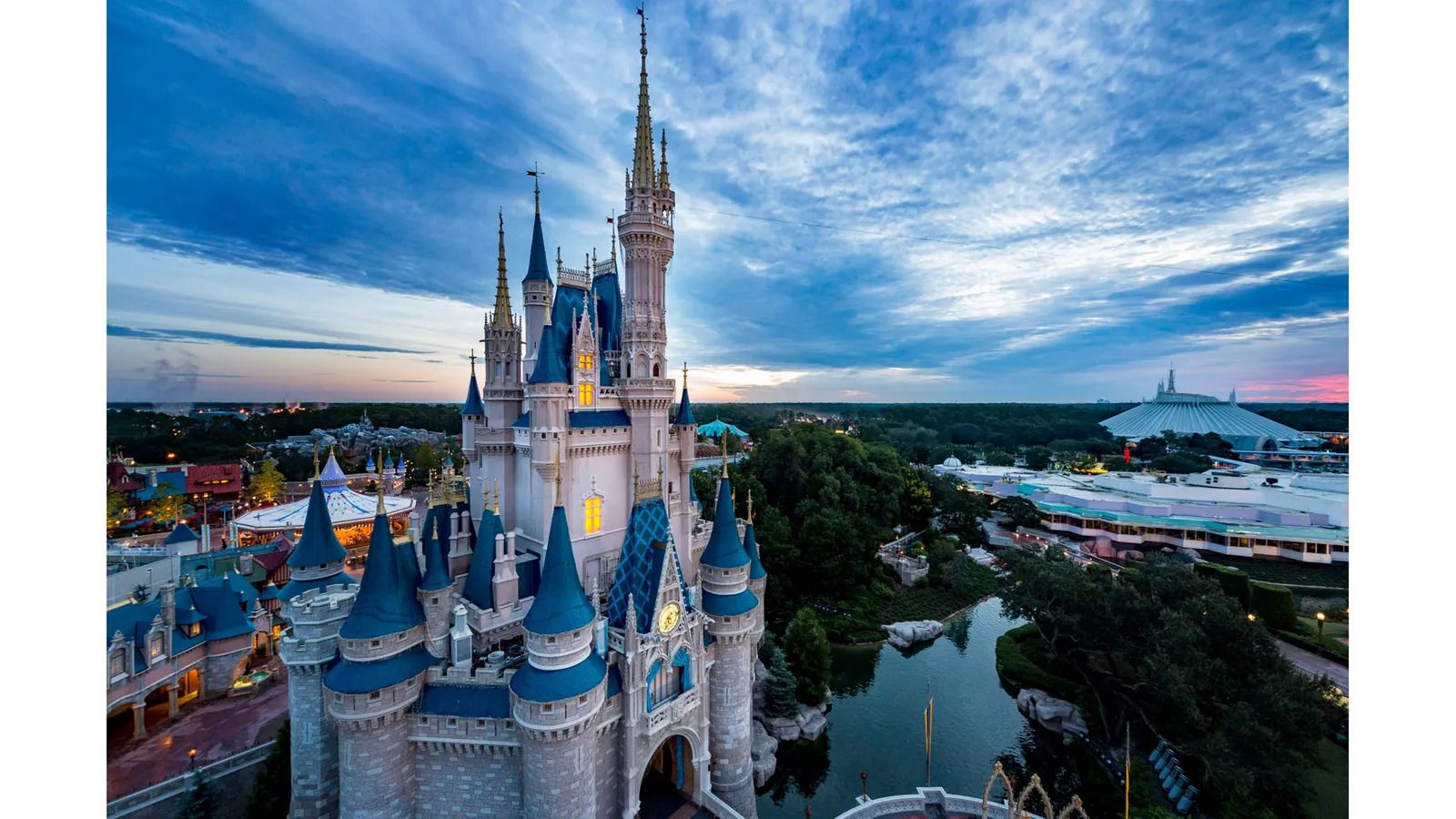 Disneyland – just like the Pleasure Gardens centuries before – offers an escape into a world of fantasy
Disneyland – just like the Pleasure Gardens centuries before – offers an escape into a world of fantasy
A plumbers' strike meant that Disney was forced to choose between bathrooms and water fountains. He opted for the former, figuring that people could always buy soft drinks, but when all refreshments ran out by midday, desperate workers had to parade the site with water bottles on their backs. And if that wasn't bad enough, by the end of the day, virtually every single ride had broken down.
Press coverage was atrocious. "The $17-million-people trap that Mickey Mouse built" is just one example of what followed. And yet somehow the crowds still came, and within a month the park was turning a profit.
Like those who frequented the Pleasure Gardens of the 18th and 19th Centuries, visitors to Disneyland are prepared to suspend belief for a few precious hours
Never one to rest on his laurels, Disney continued to revolutionise his park, and with it the entire theme-park industry. While on holiday in Switzerland, he saw the Matterhorn and figured it could be the basis of a stunning roller-coaster ride. "He sent a postcard back to the studio with the simple Napoleonic injunction 'Build this', and they knew he wasn't kidding," says Snow.
The monumental structure, built on a one-hundredth scale at a cost of $1.5 million – around $14 million today – would contain groundbreaking roller coasters with bobsled style carriages running on polyurethane wheels and steel tube rails, which allowed for tighter turns and greater speeds than had ever been experienced before.
The sheer cost may have prevented immediate copycats but within a decade every country with an amusement park had a version of the ride. To this day, dramatic roller coasters are the defining feature of parks around the world.
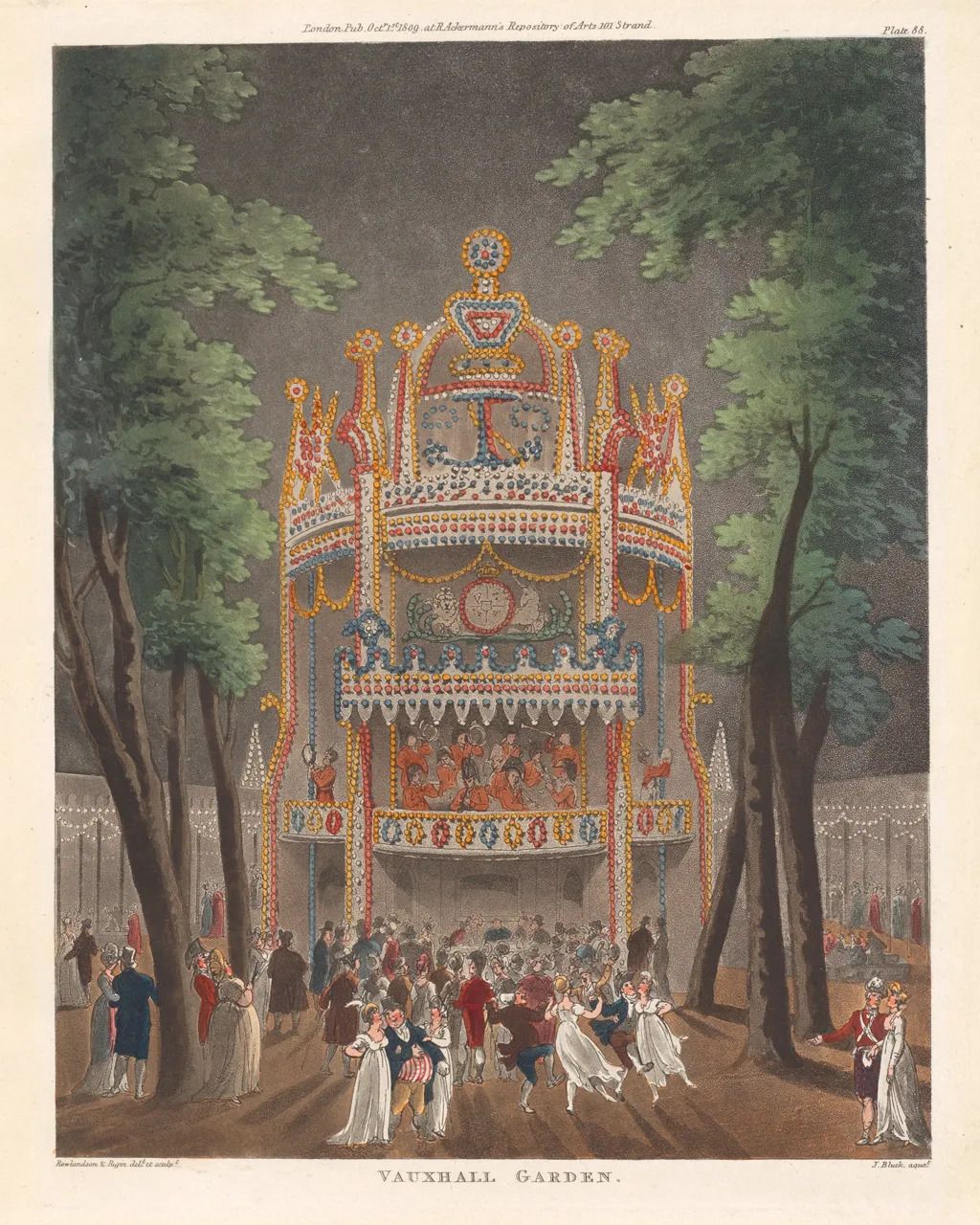 Over the centuries, visitors to Pleasure Gardens and amusement parks
alike have enjoyed a respite from the realities of everyday life
Over the centuries, visitors to Pleasure Gardens and amusement parks
alike have enjoyed a respite from the realities of everyday life
Despite Disney's success and popularity, there were, and still are, people who hate it. "From the beginning it has attracted intense hostility," says Snow. He believes a lot of the critics see Disney as a trickster who is trying to convince them that his parks are what life is like. "I think that's nonsense," says Snow. "People aren't fools. If you go to a place and drop a couple of hundred bucks and everything is beautiful and nice you don't come out and think the rest of the world is like that!"
Like those who frequented the Pleasure Gardens of the 18th and 19th Centuries, visitors to Disneyland – and numerous other theme parks around the world – are prepared to willingly suspend belief for a few precious hours and embrace a fantasy land that offers respite from the often harsh realities of daily life. The entertainment may be somewhat more innocent, but the pleasure is just as great.



